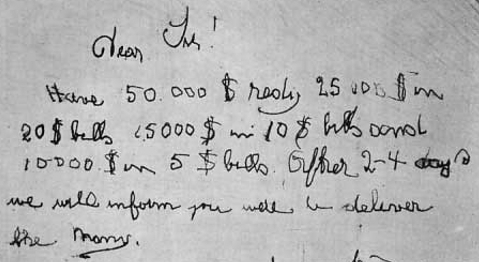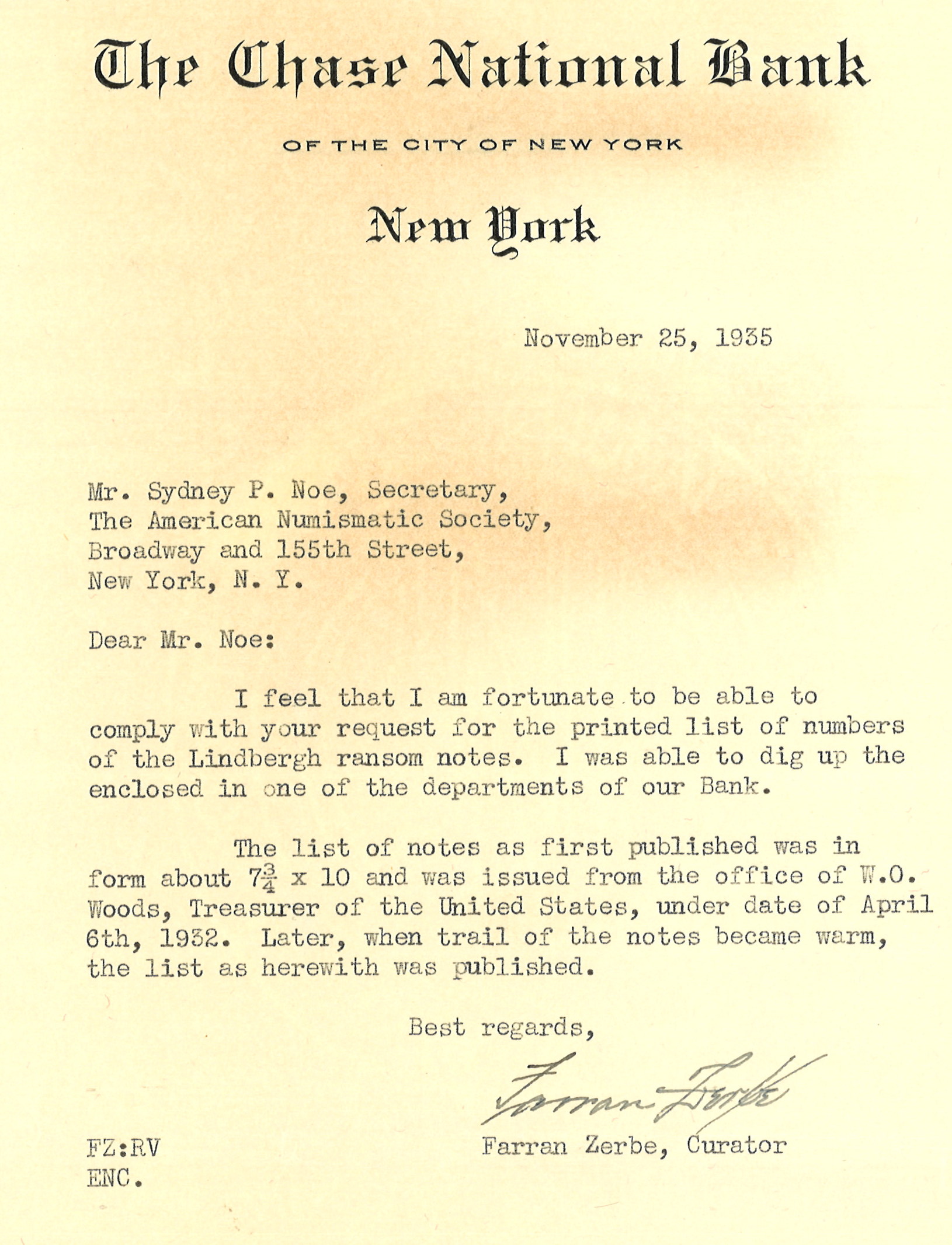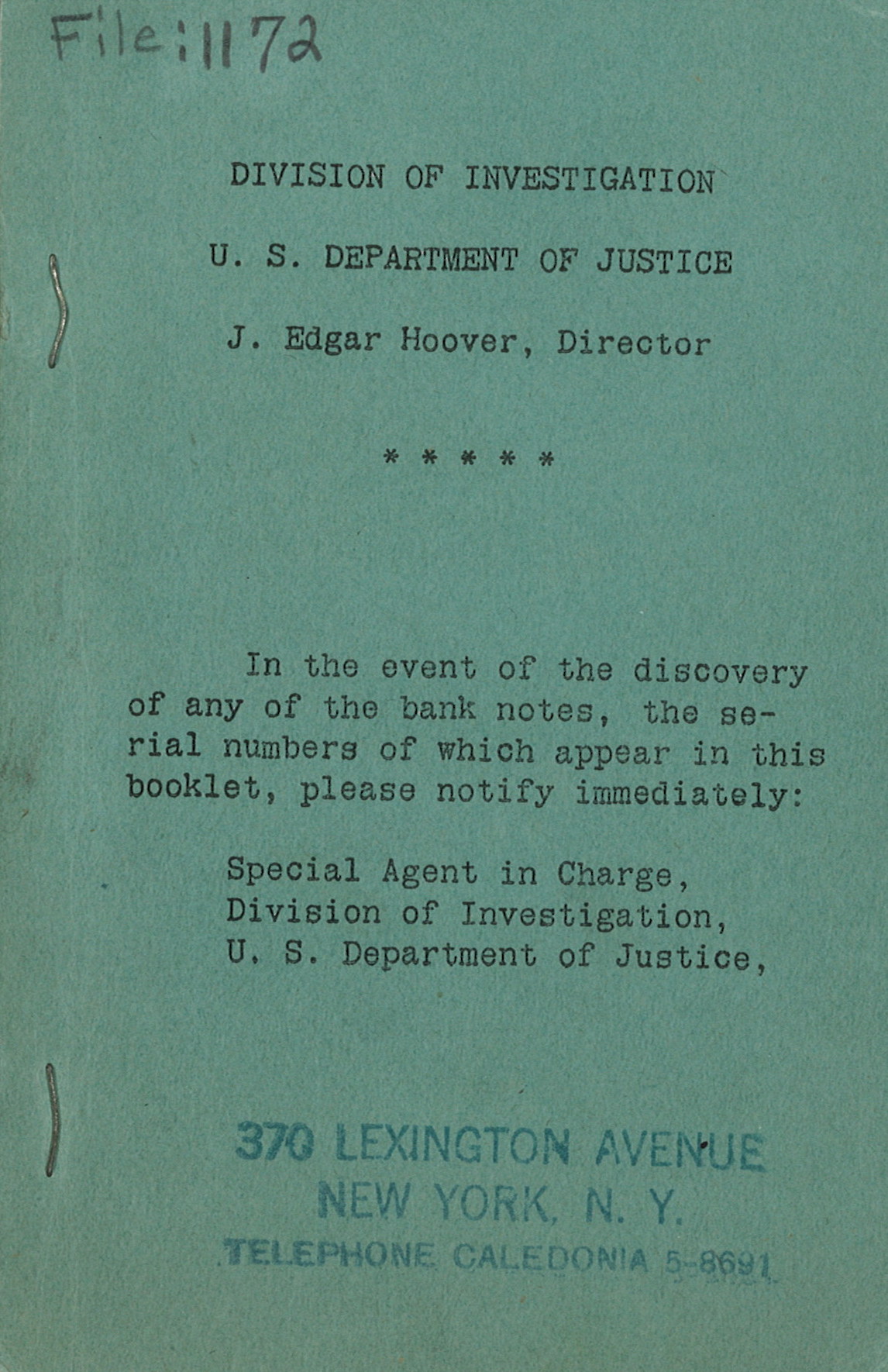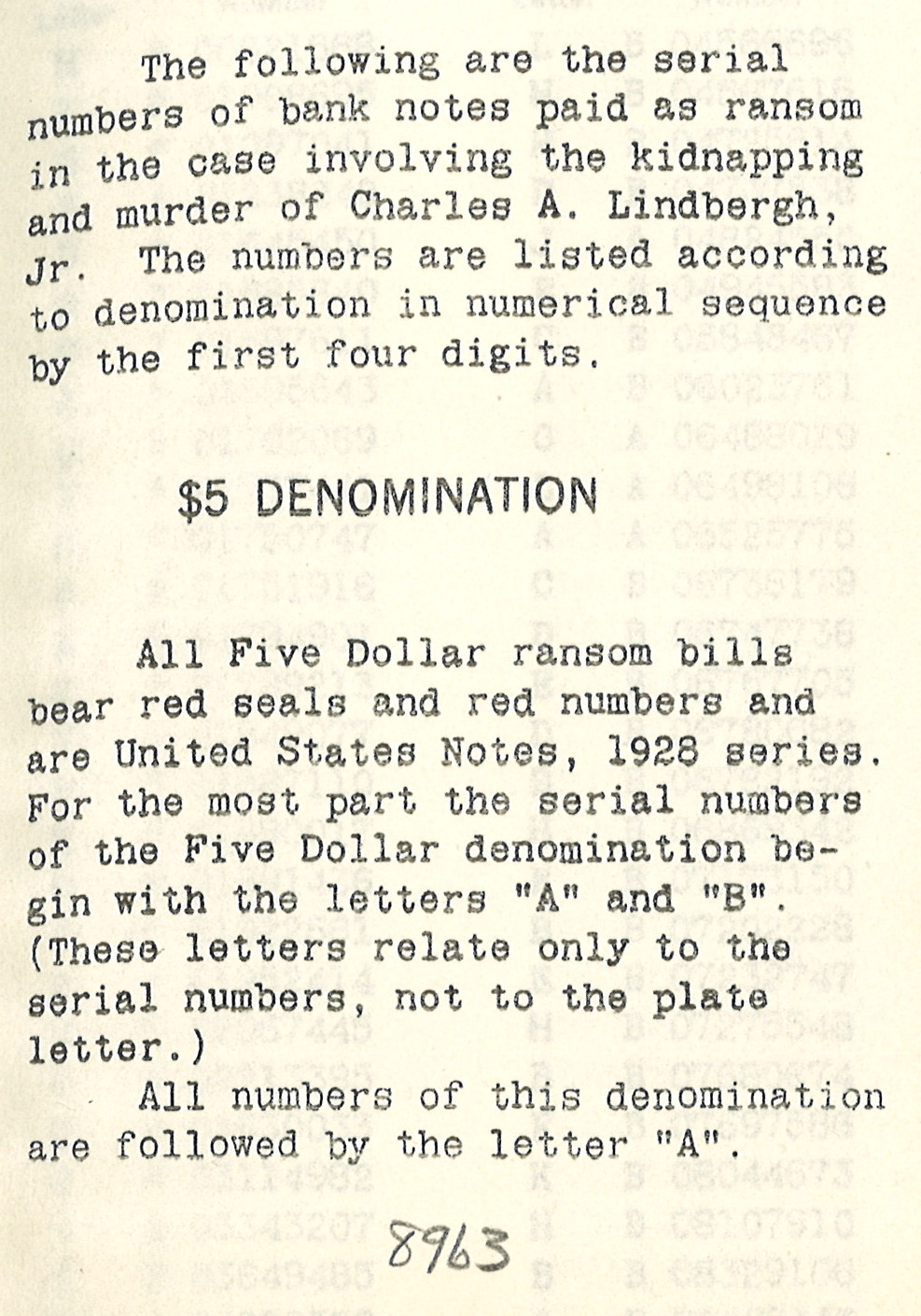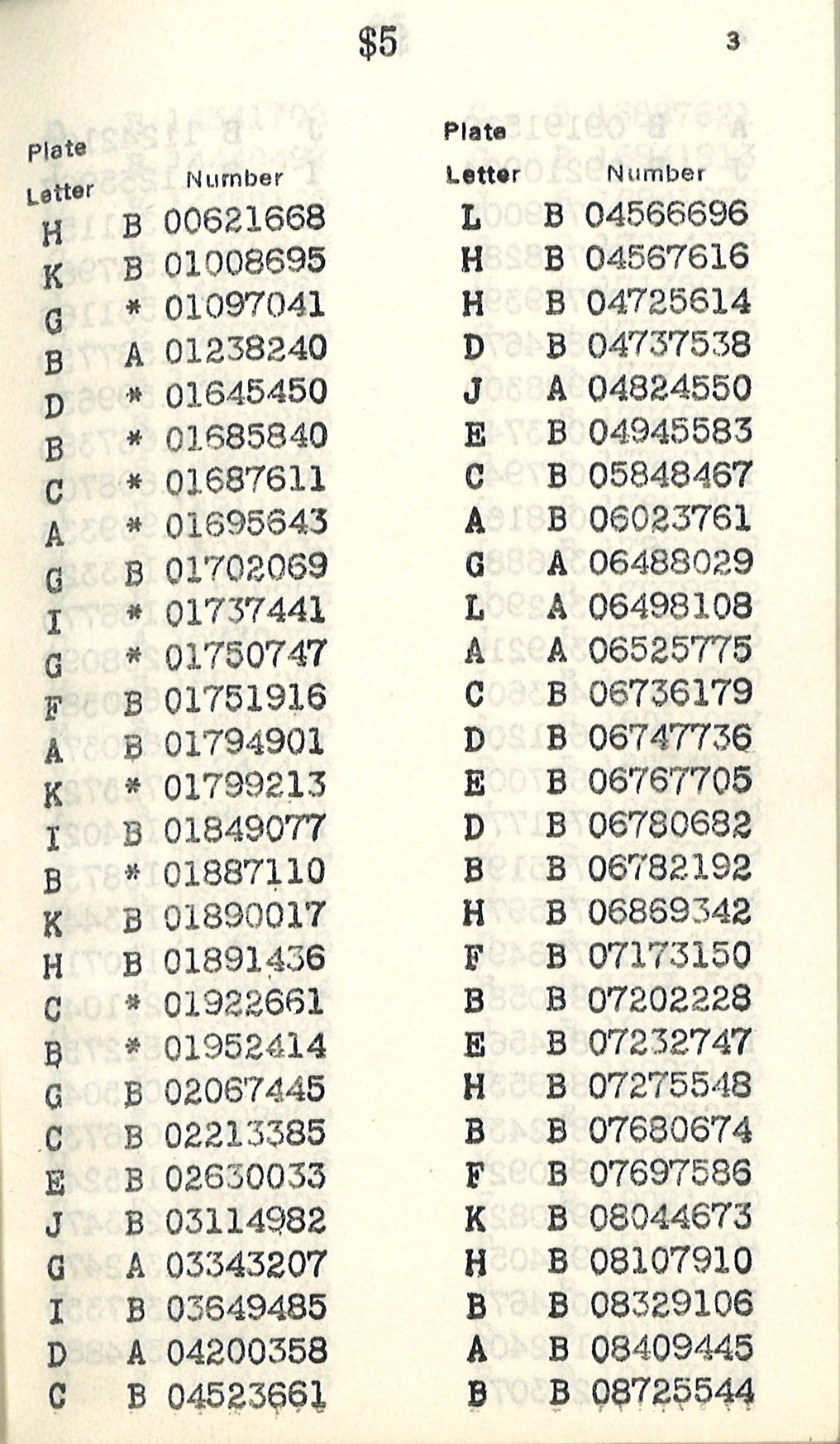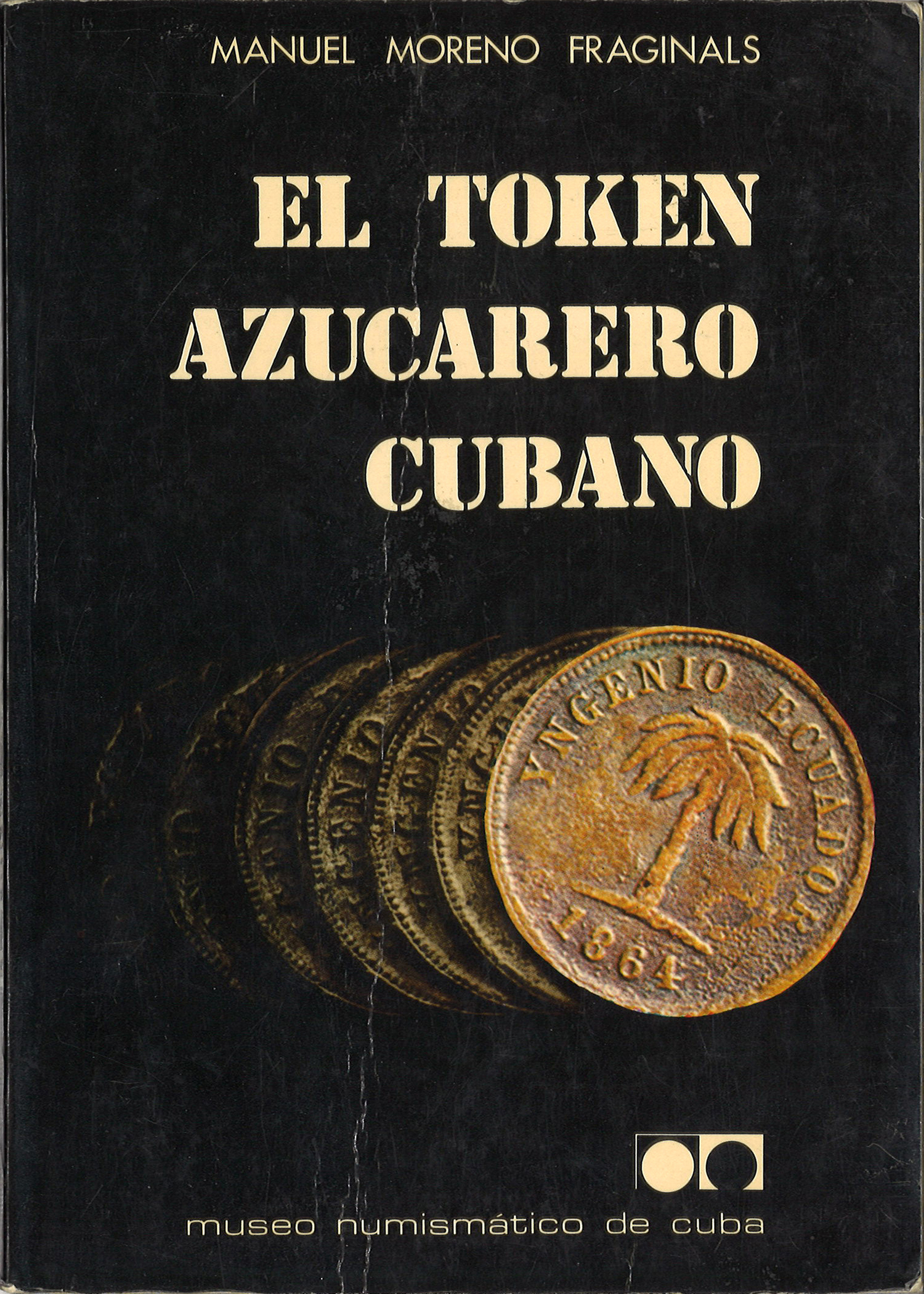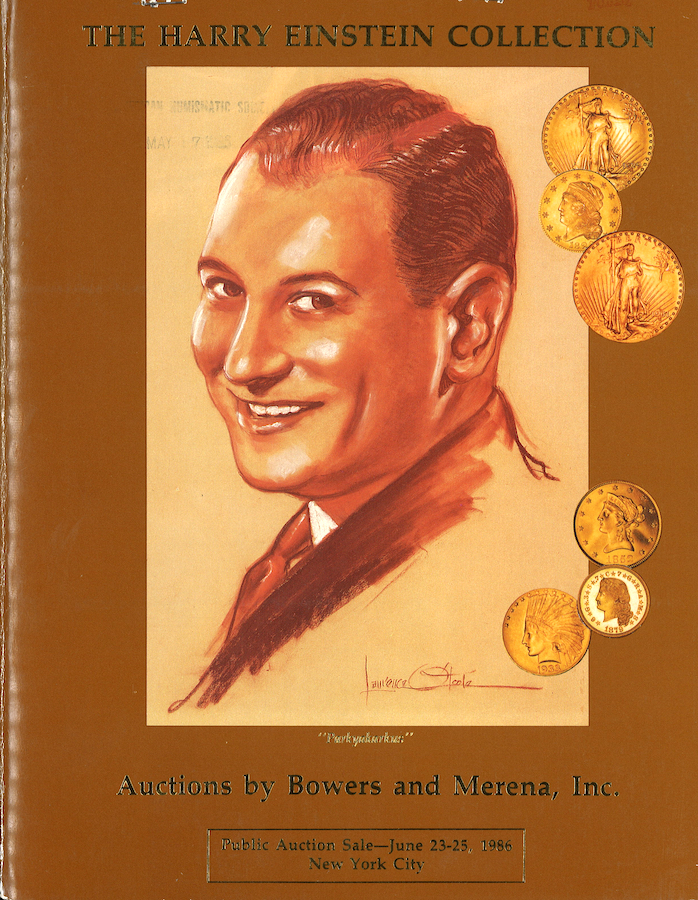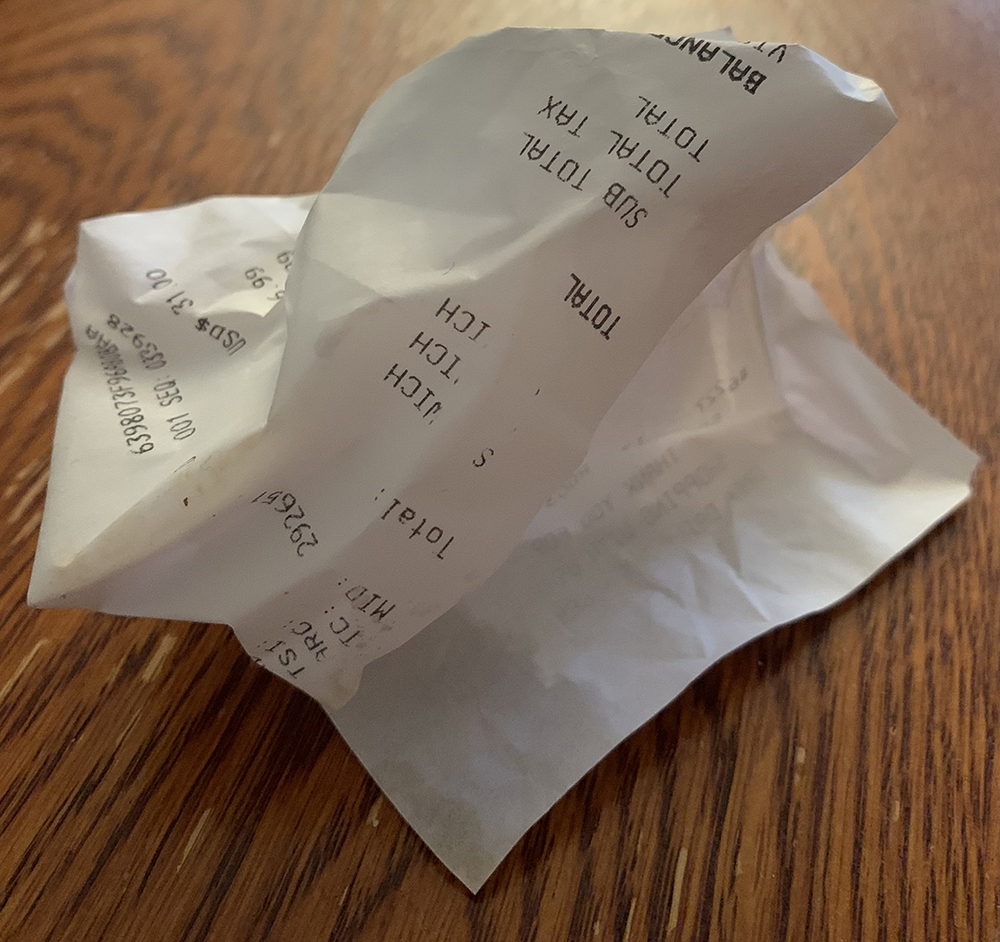Lindbergh Kidnapping Ransom Money
Poking around in the ANS’s Farran Zerbe correspondence last week, I stumbled onto a couple of letters on a topic that should interest collectors of paper currency, relating to one of the most sensational crimes of the 20th century.
On March 1, 1932, the toddler son of pilot and national hero Charles Lindbergh was kidnapped from his New Jersey home. A ransom note demanding $50,000, which included instructions regarding the denominations of the bills, was left at the scene, and though larger sums were discussed in later notes, this was the amount that was ultimately given to a mysterious man identifying himself as “John” about a month later. Though the cash failed to secure the return of the boy—his decomposed body was discovered about a month later—it would ultimately lead to the apprehension of “John,” Bronx carpenter Bruno Richard Hauptmann, who was executed for the crime in 1936.
The money paid in ransom was regarded early on as key to cracking the case, and investigators were greatly aided by President Roosevelt’s Executive Order 6102 of 1933 outlawing the private ownership of gold certificates, which had been used to pay the bulk of the ransom money. Lists of the notes’ serial numbers were distributed, mostly to banks in the New York City area, and this is where Zerbe enters the picture. An ANS council member had suggested that the Society should have a copy of the published list, and secretary Sydney Noe knew just who to ask for one. Zerbe at the time worked for a New York City bank, as curator of the Chase Manhattan Money Museum, and was happy to supply the most recently updated booklet from the U.S. Division of Investigation, led by J. Edgar Hoover. (The ANS library also has a copy of an earlier booklet distributed to banks on April 6, 1932, around the time of the ransom payment.)
In 1933, immediately following the president’s executive order outlawing gold certificates, a large number of them were discovered at the Federal Reserve Bank of New York. This exciting lead turned out to be a dead end. Then, in the summer of 1934, numerous gold certificates from the ransom began appearing in New York and Westchester County. Finally, a gas station attendant in Harlem, suspicious of a gold certificate he had received in payment, jotted down the license plate number of the car belonging to the man who had given it to him: Bruno Richard Hauptmann.
So what became of the rest of the ransom money? There has been much speculation and discussion, but unlike some notes that were positively identified as being from the 1971 D.B. Cooper skyjacking using a similar F.B.I. serial number list, none of the Lindbergh notes have surfaced since the conclusion of the case.
Yet.



